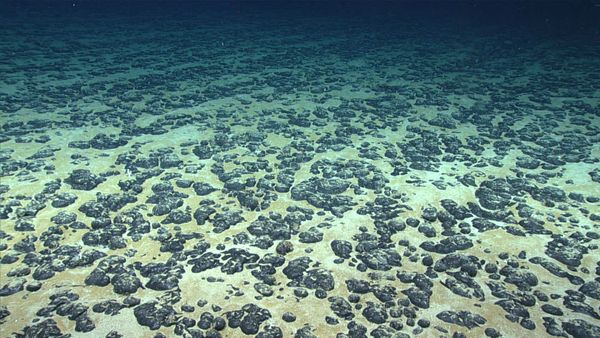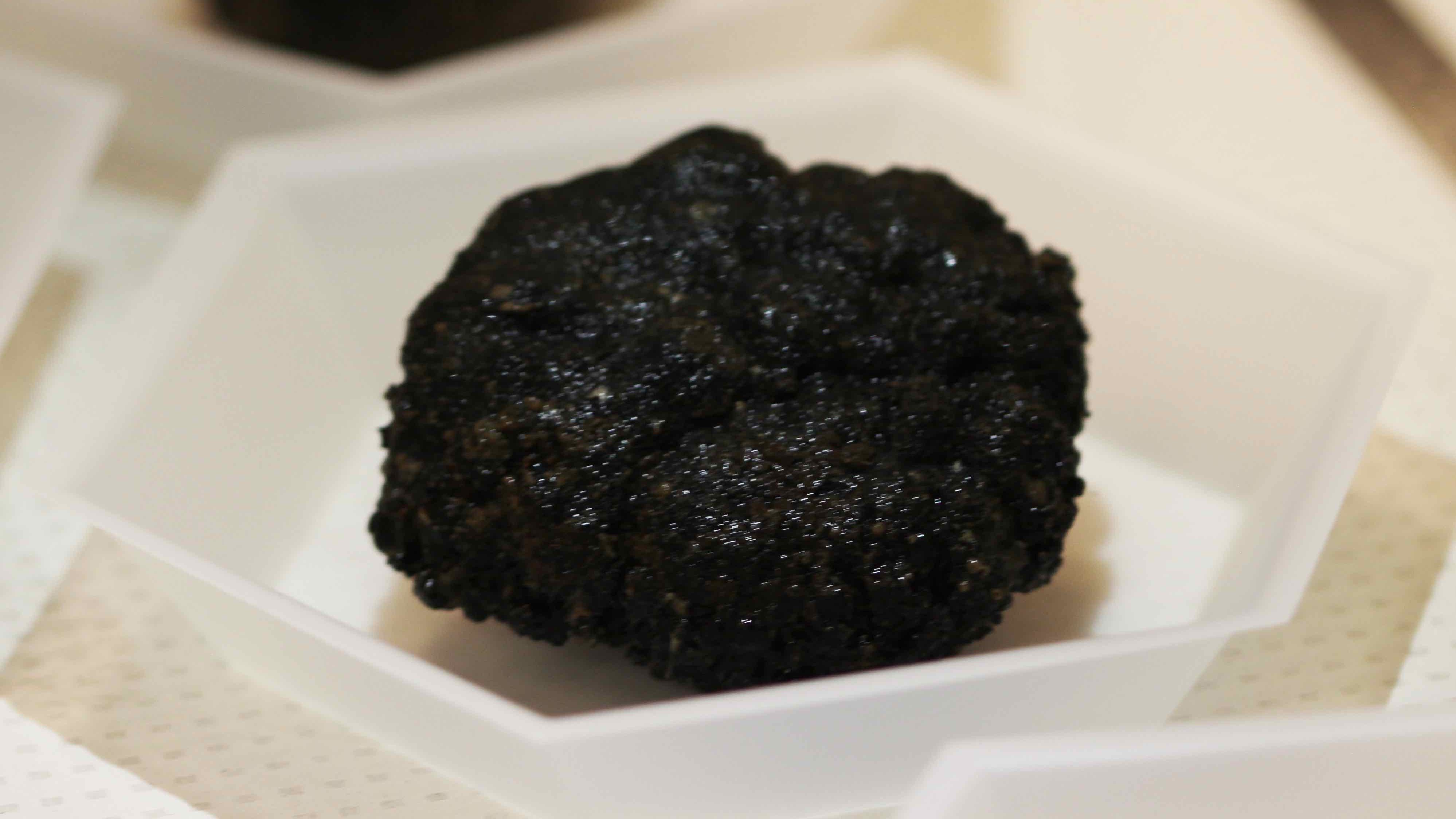Discovery of 'dark oxygen' from deep-sea metal lumps could trigger rethink of origins of life
In a global first, scientists working in the Clarion-Clipperton Zone in the North Pacific Ocean have found that metallic nodules on the seafloor produce their own oxygen, dubbed "dark oxygen."

Potato-size metallic nodules strewn across the Pacific Ocean seafloor produce oxygen in complete darkness and without any help from living organisms, new research reveals.
The discovery of this deep-sea oxygen, dubbed "dark oxygen," is the first time scientists have ever observed oxygen being generated without the involvement of organisms and challenges what we know about the emergence of life on Earth, researchers say.
"When we first got this data, we thought the sensors were faulty, because every study ever done in the deep sea has only seen oxygen being consumed rather than produced," study lead author Andrew Sweetman, a professor and leader of the seafloor ecology and biogeochemistry research group at the Scottish Association for Marine Science (SAMS), said in a statement. But when the instruments kept showing the same results, Sweetman and his colleagues knew they "were onto something ground-breaking and unthought-of," he said.
The results, published Monday (July 22) in the journal Nature Geoscience, suggest that small metallic nodules found in the north Pacific's Clarion-Clipperton Zone (CCZ) produce oxygen through seawater electrolysis, where seawater splits into oxygen and hydrogen in the presence of an electric charge. This charge may come from the difference in electric potential that exists between metal ions within the nodules, which leads to a redistribution of electrons, according to the study.
Related: AI chemist finds molecule to make oxygen on Mars after sifting through millions
So-called polymetallic nodules are common on the ocean's abyssal plains, which are flat regions of the seafloor between 10,000 and 20,000 feet (3,000 to 6,000 m) below the ocean surface. These nodules mostly contain oxides of iron and manganese, but they also hold metals like cobalt, nickel and lithium, as well as rare earth elements such as cerium that are essential components of electronics and low-carbon technologies.
Sweetman and his colleagues originally set out to study the potential impacts of mining polymetallic nodules on the seafloor ecosystem in the CCZ, an abyssal plain spanning 1.7 million square miles (4.5 million square kilometers) between Hawaii and Mexico. As part of this assessment, the team measured changes in oxygen concentrations using special experimental chambers at multiple locations. Typically, oxygen levels decline the deeper in the ocean scientists look, as less light is available, meaning there are fewer photosynthetic organisms and therefore lower oxygen production. But instead of the expected decline in oxygen, the data showed steady emissions from the seabed.
Get the Space.com Newsletter
Breaking space news, the latest updates on rocket launches, skywatching events and more!

The discovery of dark oxygen 13,000 feet (4,000 m) below the waves, where no light can penetrate, challenges scientists' belief that Earth's oxygen is only naturally produced through photosynthesis (and through oxidizing ammonia, but this results in tiny amounts that are immediately consumed). That, in turn, raises new questions about the origins of life on Earth roughly 3.7 billion years ago, Sweetman said.
"For aerobic life to begin on the planet, there has to be oxygen and our understanding has been that Earth's oxygen supply began with photosynthetic organisms," he said. "But we now know that there is oxygen produced in the deep sea, where there is no light. I think we therefore need to revisit questions like: where could aerobic life have begun?"
The results also raise new concerns about potentially mining polymetallic nodules, which could represent a vital source of oxygen for deep-sea ecosystems, Sweetman said.
"Through this discovery, we have generated many unanswered questions and I think we have a lot to think about in terms of how we mine these modules, which are effectively batteries in a rock."
Join our Space Forums to keep talking space on the latest missions, night sky and more! And if you have a news tip, correction or comment, let us know at: community@space.com.

Sascha is a U.K.-based trainee staff writer at Live Science. She holds a bachelor’s degree in biology from the University of Southampton in England and a master’s degree in science communication from Imperial College London. Her work has appeared in The Guardian and the health website Zoe. Besides writing, she enjoys playing tennis, bread-making and browsing second-hand shops for hidden gems.
-
Questioner This is passive splitting of water.Reply
I wonder if it could be scaled up.
Probably need an anode & cathode to separate the hydrogen and oxygen ions.










